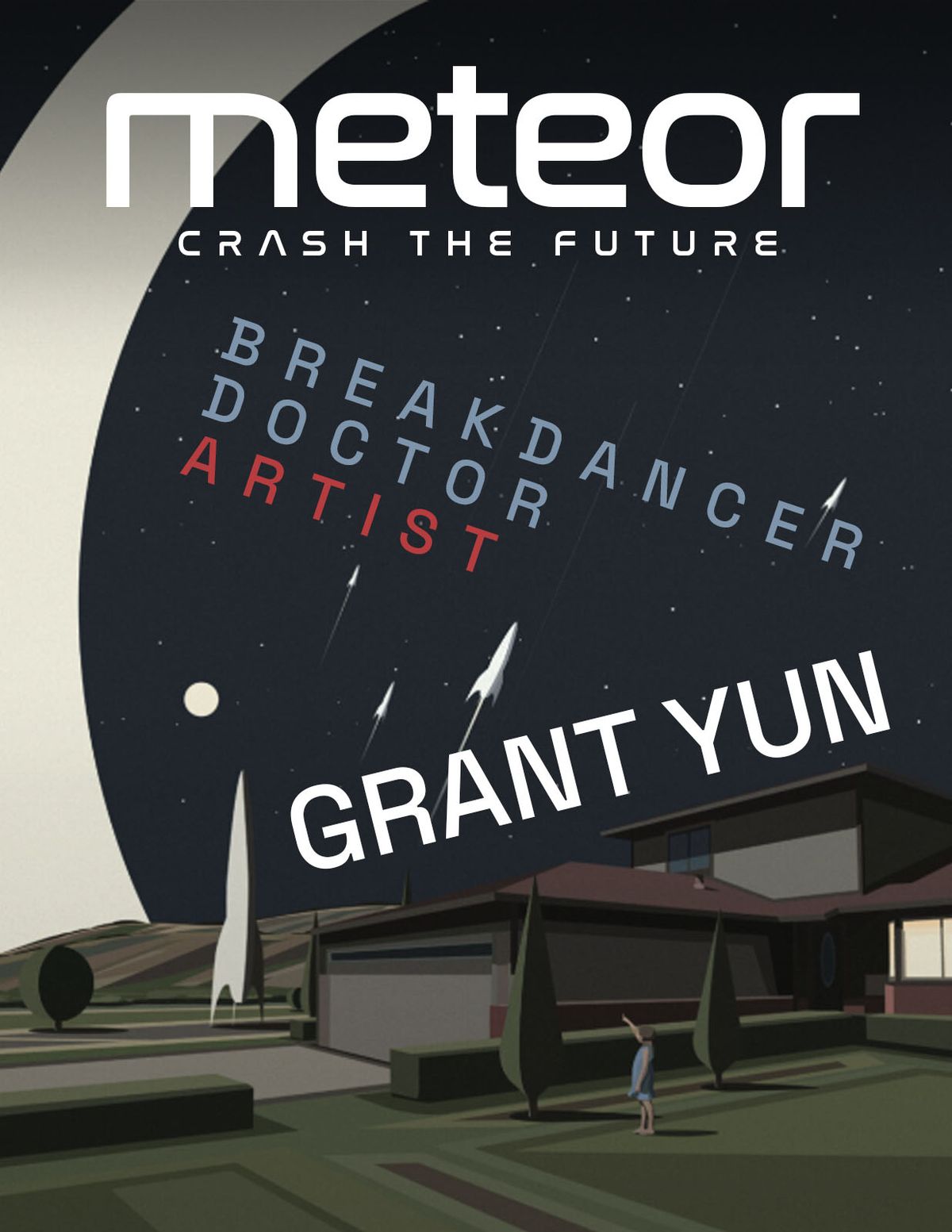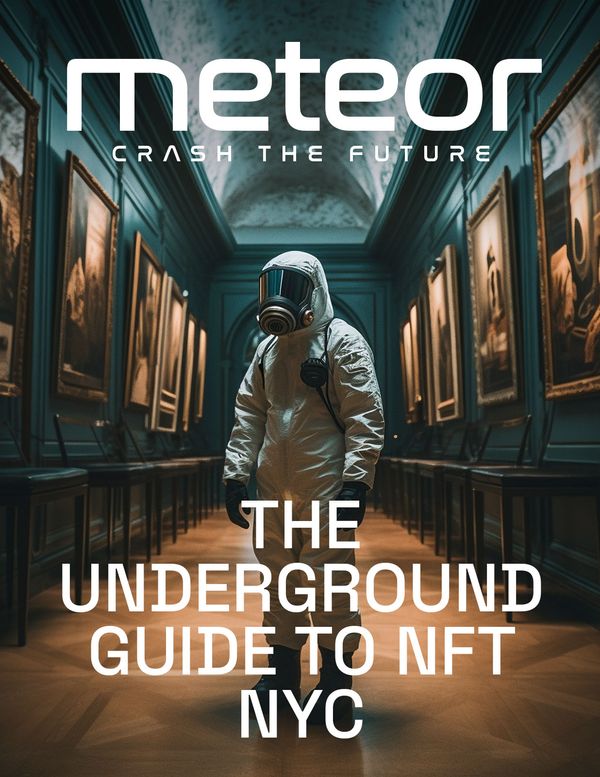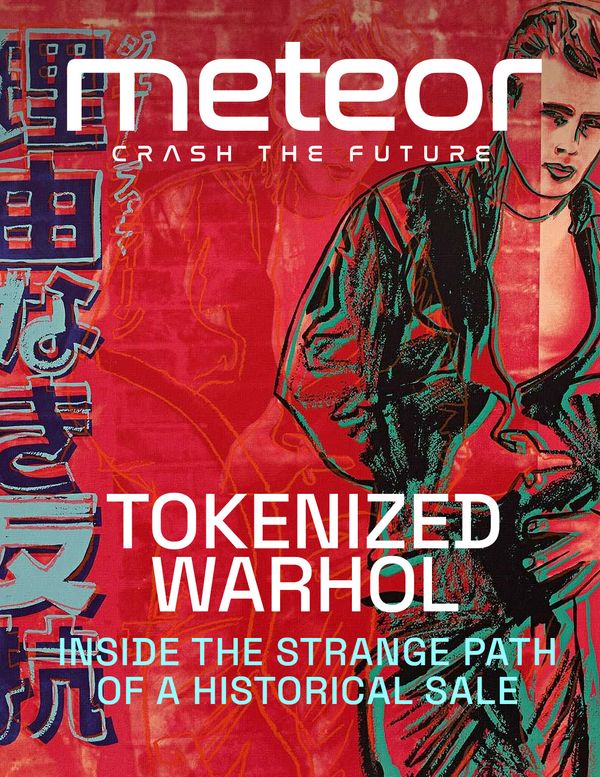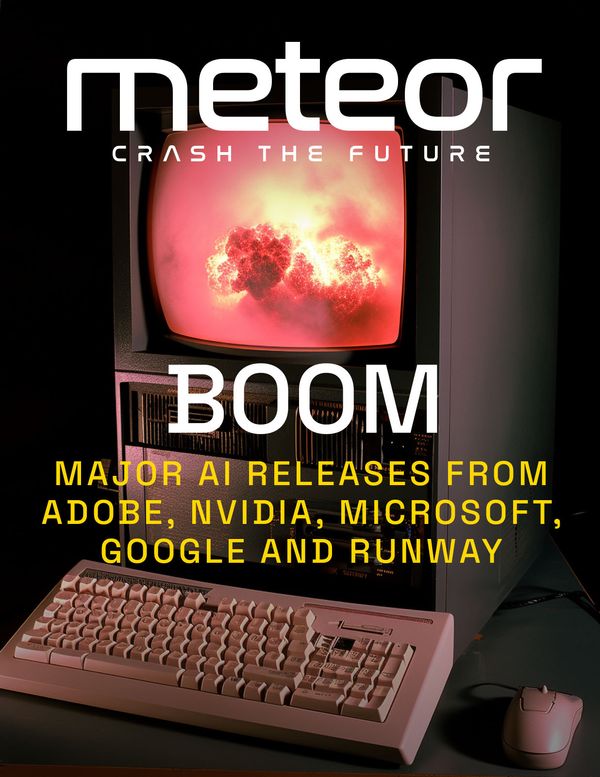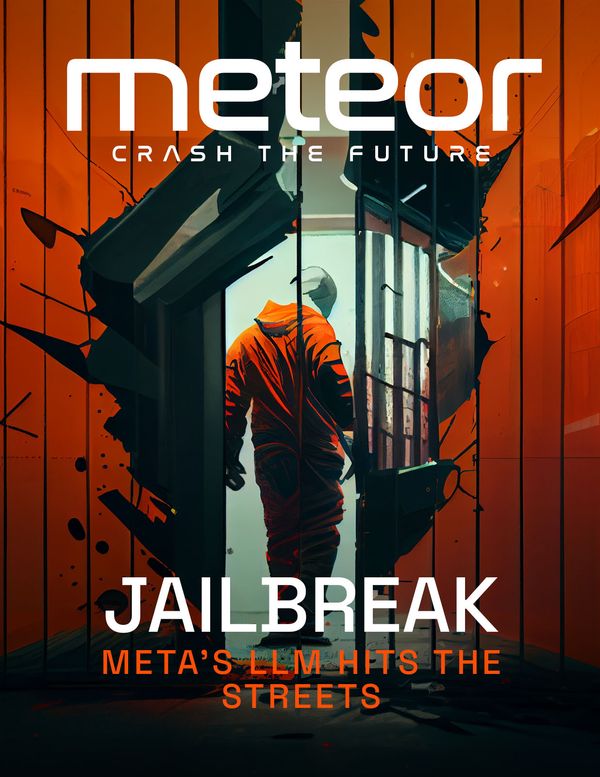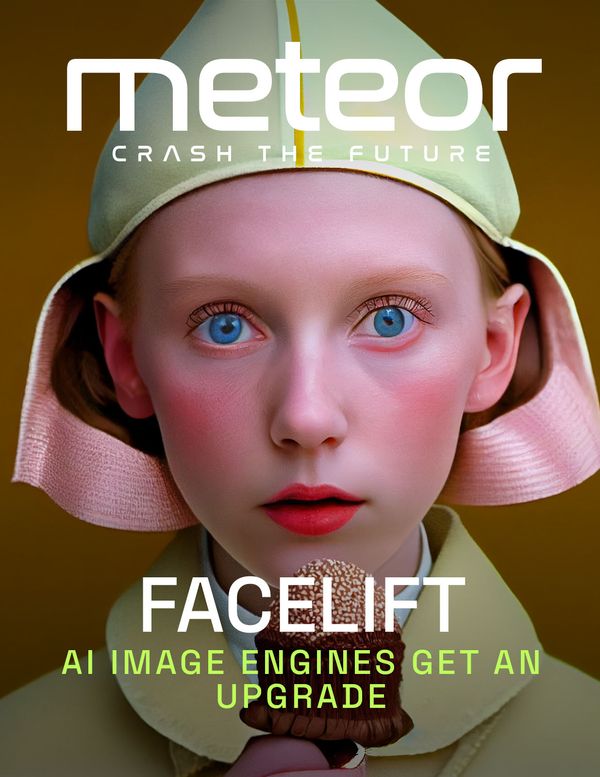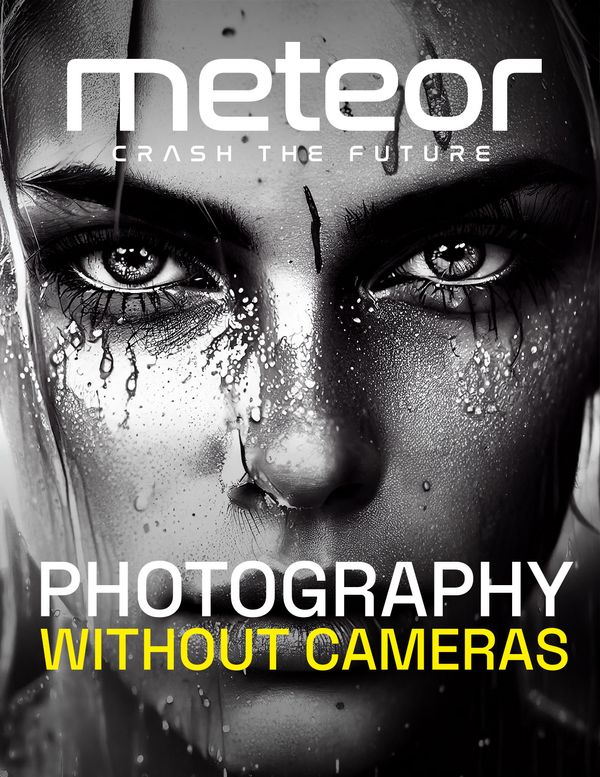Grant Riven Yun is both hard to pin down and incredibly grounded.
On paper, his resume makes little sense. He started his career as a break dancer, moved from popping and locking into becoming a highly successful NFT artist whose works have sold for hundreds of thousands of dollars and is now in medical school to become a doctor.
As he picks up new careers, he doesn't drop the last. He's still break dancing. He's still illustrating. To an outsider it might make little sense, but for Yun there's a thread.
"Break dancing is much more controlled than people understand. It looks like I'm flying around, but there's a name for everything I do. You can see how I link things up," he says. "It's hard to explain, but it's very similar to illustrating."
And his connection to medicine was what partly inspired him to create art.
"A lot of my art which I first created," he says "I intended to display in hospitals around Wisconsin. I’ve donated some of my art to local hospitals. It’s why I started illustrating digitally. I definitely wanted to create a very scenic calm relatable landscape that patients could relate to. Sometimes I forget that’s how I started illustrating like this."
Yun describes his work as neo-precisionism and is deeply inspired by artists like Ed Ruscha, Grant Wood and regionalist painters like Thomas Hart Brenton.
"Something about the sharp shapes and clean lines spoke to me like no other piece I had seen before," Yun wrote of Ruscha's iconic 1966 painting "Standard Station."

One can clearly see Ruscha's influence in Yun's work, dating all the way back to his early illustrations in college, which amazingly he crafted in Powerpoint.

Yun is also very much of this century, taking inspiration from the limited graphical abilities of early video game consoles like Nintendo's Gameboy Advance and world building games like The Sims and Minecraft.

"Graphics from video games from the 90s and early 2000s are absolutely monumental in understanding my own approach to how I create art today," he writes on his website. "In a sense my work is just purely vector shapes put together in an orderly fashion like the pieces of a puzzle to create a convincing picture."

Yun say's his breakthrough into NFT art "was by chance almost." His art wasn't selling well. He applied to the prestigious NFT art gallery SuperRare, having little knowledge of blockchains, NFTs or crypto wallets.
"I sort of lied my way through the interview video. I said sure I’m super into NFTs. I didn’t know a single thing about it," he tells Meteor. "Now I know a lot. I was just driven to share my art."
Today the NFT art market is complicated, Yun, concedes, but the illustrator believes the space is a great place for young artists to get noticed, some of whom will become important figures.
"It's really rewarding to see people buying smaller artists' work. Everyone is still trying to learn. It’s going to be an uphill battle for everything," he says. "I think the artists that are successful today will be important in the decades to come."

In parting, we asked for Yun's take on artificial intelligence and its role in the art world. Yun's creation process relies heavily on digital tools like Adobe Illustrator rather than AI. But he's not afraid of the new technology that has caused concern among some traditional artists.
"I think the people who are worried are over exaggerating the concerns. Sure, we now have a tool that can create fake images faster and easier than before. But Photoshop has been around for 20 years. We were able to create fake images and CGI has been around forever. Things might be easier, but the basis of their argument hasn’t changed."
"There’s some legitimacy to the idea that as a digital artist you should mint your work," he says. "The chain speaks for itself."
You can see much of Yun's work at SuperRare.

